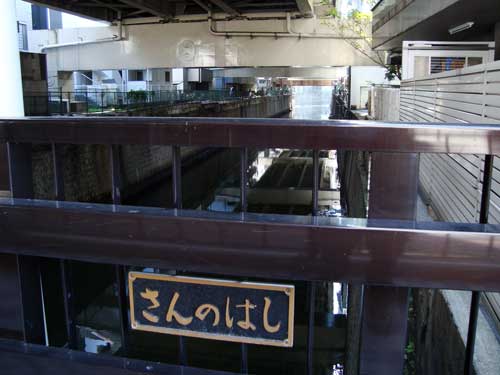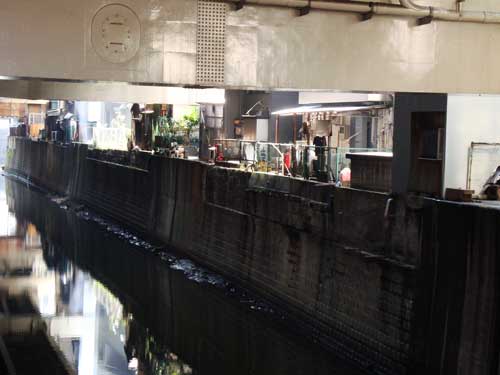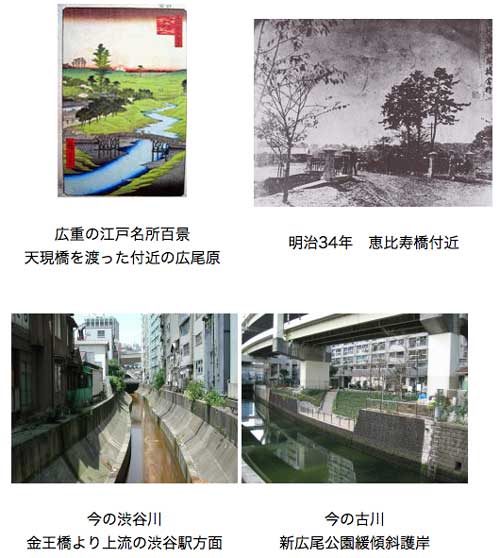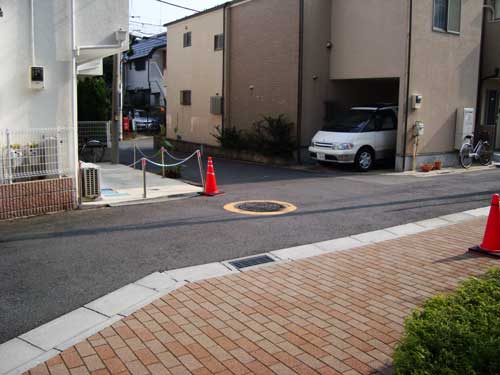
Much of Tokyo is covered in concrete and pavement. In the photo above, a low traffic small street has impermeable pavement. There is a wide, unnecessary brick sidewalk in the foreground built to accompany a recent apartment building. Two private residences also have concrete car-parks and cement surrounds. If you look very closely, to the left of the red traffic cone, a canna flower is breaking through the concrete and blooming.
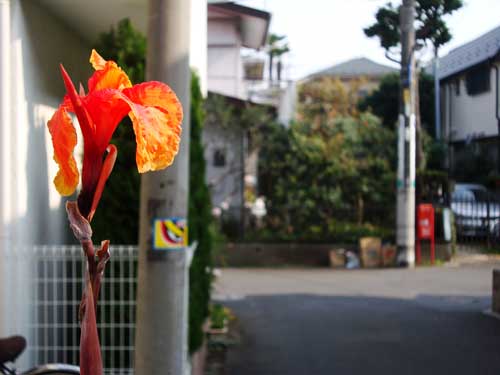
Up close, the flower is brilliant on a sunny November day. Even more remarkable is that the plant has somehow managed to break through the pavement. How did it get there? How does it survive the city’s relentless drive to bury every grain of soil? Do the neighbors appreciate this floral beauty and the power of nature over the built environment?
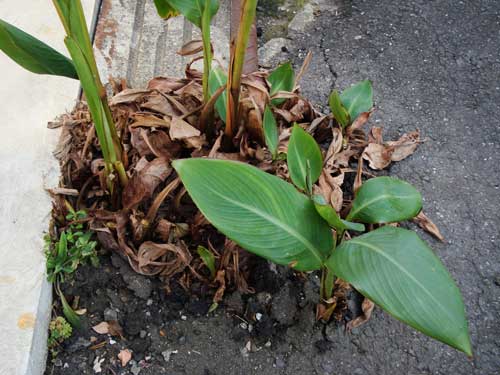
After the jump, a closer view of the plant in its context.
